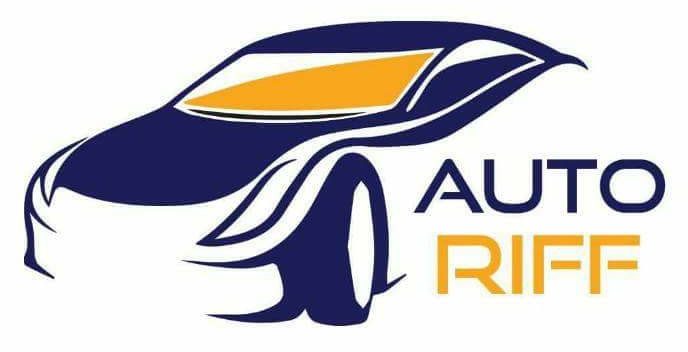
The Monza Grand Prix is known as the ‘Temple of Speed’, featuring long straights that demand a distinct aerodynamic setup. Formula 1 teams have strategically adjusted their cars to excel on this high-speed circuit.
Red Bull’s Dual Rear Wing Solutions
Red Bull, renowned for its straight-line speed, has devised two rear wing solutions. The first version features a trimmed upper flap and a removable Gurney fixed to the trailing edge. In contrast, the second solution boasts a more uniform trailing edge with a V-groove cutout in the central section. While these modifications enhance straight-line speed, they compromise wing performance when the Drag Reduction System (DRS) is activated. Red Bull utilizes a beam wing to balance downforce and drag levels.
Mercedes’ Single-Element Beam Wing
Mercedes employs a single-element beam wing, a tactic also adopted by Red Bull and Williams this season. This approach effectively reduces downforce and drag, catering to Monza’s requirements.
Aston Martin’s Lower Downforce Configuration
Aston Martin has opted for a lower downforce setup by trimming the trailing edge of its upper flap and adding a Gurney flap. This design, combined with a single-element beam wing, aims to enhance straight-line speed.
Ferrari’s Circuit-Specific Rear Wing
Ferrari adopts a circuit-specific rear wing design at Monza, featuring a notably flatter mainplane compared to typical configurations. This design choice, often seen as a spoon-shaped variant, assists in balancing downforce and drag levels. The wing includes a large upper flap to maintain DRS effectiveness. To further balance the car’s front-to-rear performance, Ferrari significantly trims the front wing’s upper flap.
McLaren’s Evaluation of Rear and Beam Wing Configurations
McLaren utilized the first practice session (FP1) to assess two distinct rear and beam wing configurations on its cars. Lando Norris’s car features a slightly higher downforce configuration, with a trimmed upper flap to align with the lower-profile design. McLaren has introduced an infill panel design, akin to Alpine and Mercedes.
Alfa Romeo’s Unique Aerodynamic Design
Alfa Romeo has introduced an intriguing aerodynamic design, combining various innovative solutions. It features an almost flat mainplane, akin to Ferrari’s design. Additionally, the leading edge is stepped back relative to the leading edge of the endplate, optimizing aerodynamic efficiency. The swan neck-style twin pillars, unique in their rearward extension and lower positioning, undergo chamfering at the rear section to minimize aerodynamic interference.
Alpine’s Leading-Edge Configuration and Old-School Techniques
Alpine also adopts the leading-edge configuration, which it previously employed at the Azerbaijan Grand Prix. Intriguingly, the team attaches tufts, rather than using flo-viz, to the rear wing’s underside during FP1. This old-school technique provides valuable insights into the aerodynamic behavior of these elements.
Tailoring for Monza’s Unique Demands
Teams’ approaches to Monza’s distinct track layout differ. Some prioritize lower downforce configurations to maximize straight-line speed, while others strike a balance between downforce and drag for optimal performance. These aerodynamic adaptations showcase Formula 1’s relentless pursuit of performance optimization, even on circuits with unique demands like Monza.





